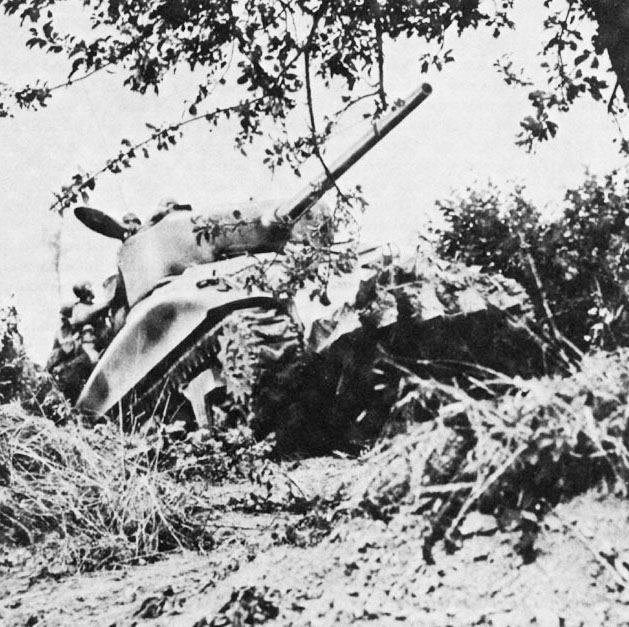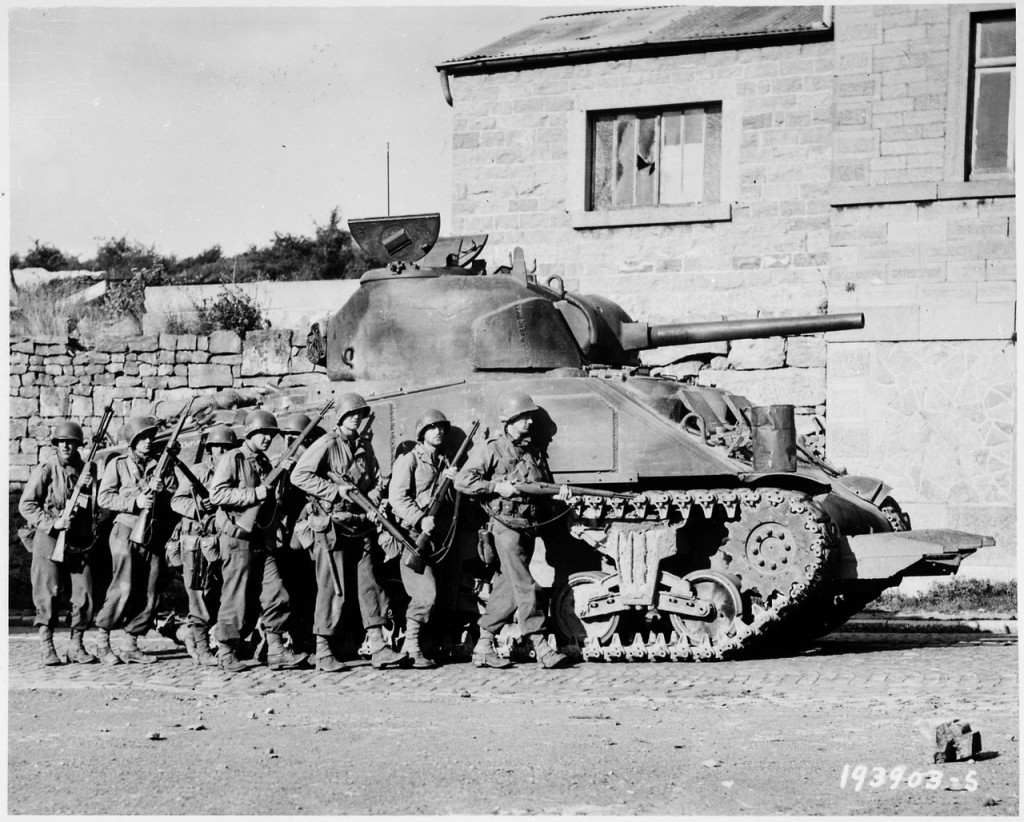Here is my recipe for tripel. As I mentioned in the series of articles on tripel, the recipe for a good tripel can be very simple — and this recipe is as simple as you can make it, just Pilsner malt, sugar, hops, and yeast. They key to brewing a great tripel is running a good fermentation. Using high-quality malt and hops is also important.
If you plan to brew tripels often, take good notes when brew this, and tweak the beer to your liking in subsequent brew sessions. Relatively little changes in the fermentation can lead to tastable changes in the finished beer, so take extra care to monitor the fermentation and record all the details.
Hedgerow Tripel
by Chris Colby
All-grain; English units
DESCRIPTION
This is a classic Belgian-style tripel, based on the famous Westmalle Tripel. It is a strong (9% ABV) beer that is light in color. The (relatively) high hopping rate, low final gravity, and high level of carbonation give the beer a dry feel, relative to other beers of this strength. There are no spices in this beer. However, the yeast strain and fermentation conditions add a moderate amount of fruity esters and phenolic “spice” to the beer.
INGREDIENTS (for 5 gallons)
Water
treat water for brewing a pale beer
Malt and Sugar (for an OG of 1.080 and an SRM of 4)
10.75 lb. Pilsner malt
(you can also use a blend of Pilsner malts)
2.5 lbs. sucrose (table sugar)
Hops (for 38 IBU total)
Tettnanger hops (19 IBU)
1.25 oz. at 4% alpha acids, boiled 60 mins
Saaz hops (19 IBU)
1.67 oz. at 3% alpha acids, boiled 60 mins
(any blend of noble or relatively neutral hops will work)
Yeast (for an FG of 1.013 and 8.7% ABV)
Wyeast 3787 (Trappist High Gravity) or White Labs WLP530 (Abbey Ale)
(3-qt. yeast starter)
Other
1/2 tsp. yeast nutrient, boiled for 15 minutes (optional)
10 oz. corn sugar (for priming)
PROCEDURES
Mash in with 15 qts. of water. Your initial mash temperature should be 140 °F. If you cannot add direct heat to your mash tun, mash in your kettle. (If you do this, you will need to scoop the mash over to the lauter tun when it is done.) Hold at 140 °F for 45 minutes, then heat mash — at a rate of about 2 °F every 5 minutes — to 152 °F. Stir constantly while heating. Hold at 152 °F for 30 minutes. Mash out to 168 °F. Hold 5 minutes, then recirculate the wort.
Collect between 6.5 gallons and 7.0 gallons of wort. Keep sparge water hot enough that grain bed remains around 168 °F. Bring wort to a boil and plan on a 90-minute boil (or however long it will take to reduce your pre-boil wort to yield 5.0 gallons of wort in the fermenter). If the hot break is not big and fluffy, add 1/2 tsp. calcium chloride to the boil. Add hops with 60 minutes left in the boil. Dissolve sugar in wort and stir into main wort in the final 10 minutes of the boil. Chill wort as rapidly as you feasibly can to 60 °F. Transfer to fermenter and aerate thoroughly. Pitch the yeast and ferment the beer initially at 65 °F. Once high kräusen has passed and the fermentation slows, allow the temperature to rise to 70 °F. The fermentation should pick up slightly. When it slows again, let the temperature raise to 72 °F and let the fermentation finish at this temperature. Prime beer and bottle in heavy bottles. Let the beer sit warm (between 70 °F and 80 °F) for about two weeks, then store cold for another two weeks. Tripels are traditionally served in a goblet.
Hedgerow Tripel
by Chris Colby
All-grain; metric units
INGREDIENTS (for 19 L)
Water
treat water for brewing a pale beer
Malt and Sugar (for an OG of 1.080 and an SRM of 4)
4.8 kg Pilsner malt
(you can also use a blend of Pilsner malts)
1.1 kg sucrose (table sugar)
Hops (for 38 IBU total)
Tettnanger hops (19 IBU)
35 g at 4% alpha acids, boiled 60 mins
Saaz hops (19 IBU)
47 g at 3% alpha acids, boiled 60 mins
(any blend of noble or relatively neutral hops will work)
Yeast (for an FG of 1.013 and 8.7% ABV)
Wyeast 3787 (Trappist High Gravity) or White Labs WLP530 (Abbey Ale)
(3-L yeast starter)
Other
1/2 tsp. yeast nutrient, boiled for 15 minutes (optional)
280 g corn sugar (for priming)
PROCEDURES
Mash in with 14 L of water. Your initial mash temperature should be 60 °C. If you cannot add direct heat to your mash tun, mash in your kettle. (If you do this, you will need to scoop the mash over to the lauter tun when it is done.) Hold at 60 °C for 45 minutes, then heat mash — at a rate of about 1 °C every 5 minutes — to 67 °C. Stir constantly while heating. Hold at 67 °C for 30 minutes. Mash out to 76 °C. Hold 5 minutes, then recirculate the wort.
Collect between 25 L and 27 L of wort. Keep sparge water hot enough that grain bed remains around 76 °C. Bring wort to a boil and plan on a 90-minute boil (or however long it will take to reduce your pre-boil wort to yield 19 L of wort in the fermenter). If the hot break is not big and fluffy, add 1/2 tsp. calcium chloride to the boil. Add hops with 60 minutes left in the boil. Dissolve sugar in wort and stir into main wort in the final 10 minutes of the boil. Chill wort as rapidly as you feasibly can to 16 °C. Transfer to fermenter and aerate thoroughly. Pitch the yeast and ferment the beer initially at 18 °C. Once high kräusen has passed and the fermentation slows, allow the temperature to rise to 21 °C. The fermentation should pick up slightly. When it slows again, let the temperature raise to 22 °C and let the fermentation finish at this temperature. Prime beer and bottle in heavy bottles. Let the beer sit warm (between 21 °F and 27 °C) for about two weeks, then store cold for another two weeks. Tripels are traditionally served in a goblet.
—
Related Articles



Speak Your Mind